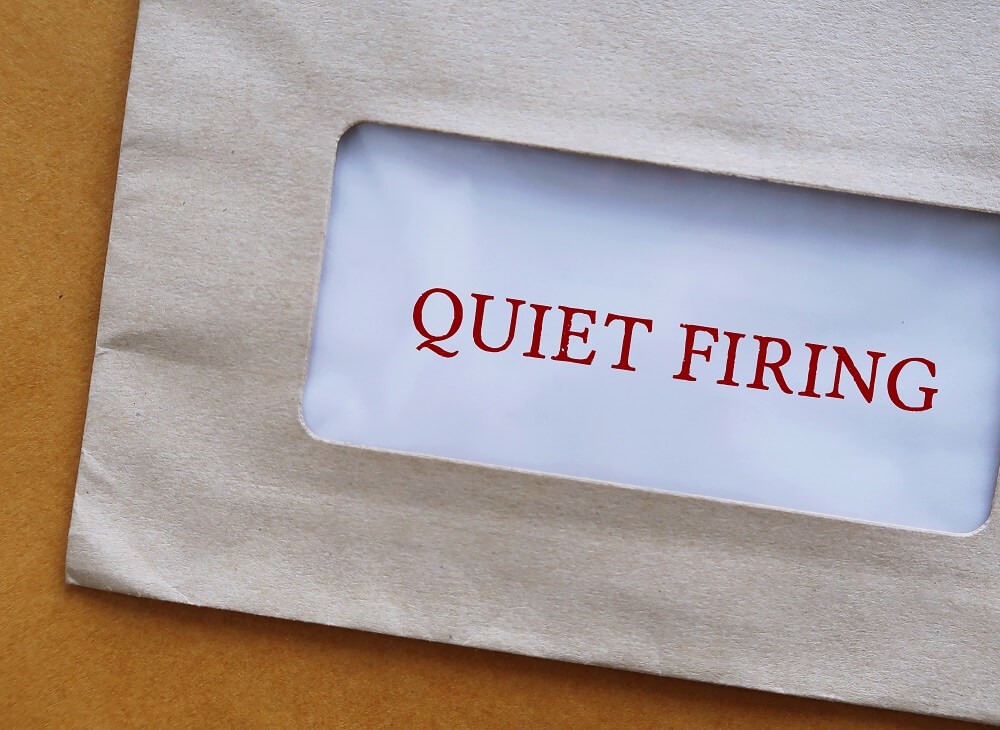Happy, motivated, and proactive employees are the driving force of any successful company. Ensuring your staff remain that way can often be challenging, but the key is in keeping your HR compliant and accessible.
HR is incredibly important when it comes to your business thriving. Making sure that you have up-to-date policies and procedures that align with your business objectives ensures your employees know where to go if they need support. Mishandling your HR could open your business up to inefficiency, low morale and, in the worst-case scenarios, employment tribunals.
The best way to keep your contracts and documentation up to date always is to regularly carry out a HR audit.

What is an HR audit?
A human resources audit is a means of reviewing current policies, procedures, documentation and systems, and highlighting areas that need improvement or updating. This way, you can be sure you’re always remaining fully compliant with the law and up to date with the most recent rules and regulations.
We advise that you should aim to conduct audits on a regular basis, regardless of whether there are any immediate risks. A yearly review is a good starting point for your business, but it doesn’t hurt to conduct them more frequently too. However often you feel you need to conduct them, a proactive approach is essential for remaining compliant with the law.
While developing your internal HR audit programme, there are a few things to consider. Our Croner HR consultants are here to get your knowledge up to scratch when it comes to HR, so why not give us a call on 0808 501 6651?
How to conduct an HR audit
Before you begin conducting any kind of review, you should determine your aims and targets for the review. You should consider your reasons behind conducting one, such as whether you’re looking at one department or your entire business? Also, what exactly are you looking to measure?
Some good examples include:
- Discover the reason you have been getting poor reviews on employee feedback sites
- Find out why your retention rate is low
- See if your hiring processes are out of date
You can also break the HR audit process into steps to make it easier to ensure you’re fulfilling certain criteria:
- Compliance – Is your documentation is up to date with current employment law?
- Best practice – Are your procedures following the best practice as outlined by the HSE?
- Strategy – How well do your processes and procedures align with your business’ strategic plan?
- Functions – How well do the different areas of your business operate? This can include areas such as recruitment, training, employee relations, performance management, and more.
It may be that you want to conduct one large audit that reviews all systems and documentation in one go, or you could conduct a series of smaller, more specific audits to focus completely on one specific area. All approaches are valid, but it’s important to assess which approach will be most beneficial to you and your business.
No matter what the scenario, there are two things you will need - a checklist and a questionnaire.

A compliance checklist for HR auditing
We advise that you should have a list of what you need to monitor within your audit. It can be easy to forget to include key areas that might be crucial when planning your audit, especially as they can often be so many areas to cover within your business.
A full checklist normally spans several pages where you can separate them by tactical functions or by the four steps below:
- Compliance
- Best practice
- Strategy
- Functions
Some of the areas you should cover in a basic internal audit checklist for your HR department include:
Hiring
Job descriptions, forms, medical information, job postings, data protection, background checks, employment contracts, etc.
New employees
Communication of policies/procedures, employee handbooks, induction/training, discrimination and harassment.
Wages and hours
Formal pay structure, pay reviews, working time, paid time off, sick leave/absence and flexible working.
Benefits
Employee perks, membership schemes and performance related pay.
Employee relations
Performance evaluation, staff policies, complaints policy, disciplinary policies and whistleblowing policies.
Discrimination
Discrimination and harassment training, equality training and supervisor/manager training.
Recordkeeping and data protection
A commitment to privacy and up-to-date employee information including GDPR and who has access to this.

It is vital that your HR audit checklist applies correctly to your business by customising your own and not relying solely on the sample provided above. Personalise it to fit your specific needs so you can get the best out of a high-quality audit.
HR audit questionnaire
Remember that having accurate data is crucial to conducting a successful review. To obtain that data, you will need a comprehensive survey.
When you’re creating a HR audit questionnaire, you should consider the type of audit you’re conducting.
Some key metrics that are useful to collect data on include:
- Absence rate
- Diversity statistics
- Time-to-hire metrics
- Compliance training (effectiveness and cost)
- Overtime expenses
- Productivity
- Employee happiness
- Retention rate (per manager, department and office)
How can Croner help you with HR auditing?
At Croner, we take HR seriously and we’re experts for a reason. We’re here to take the responsibility out of your hands with our expert support and top-quality advice. Our team of HR consultants are ready to step in and get the ball rolling with your HR audits.
For more information on our services, why not get in touch with our team on 0808 501 6651?
Related resources
Categories
- Business Advice
- Culture & Performance
- Disciplinary & Grievances
- Dismissals & Conduct
- Employee Conduct
- Employment Contracts and Documentation
- Employment Law
- Employment Rights Bill
- End of Contract
- Equality & Discrimination
- Health & Safety
- Hiring and Managing
- Leave & Absence
- Managing Health & Safety
- Moving
- Occupational Health
- Pay & Benefits
- Recruitment
- Risk & Welfare



